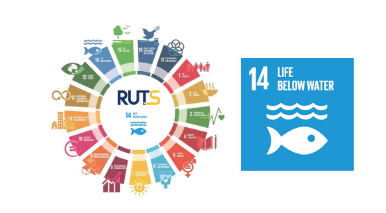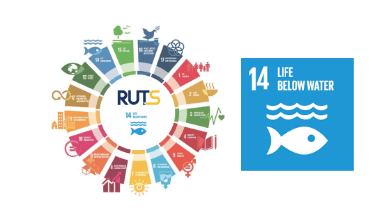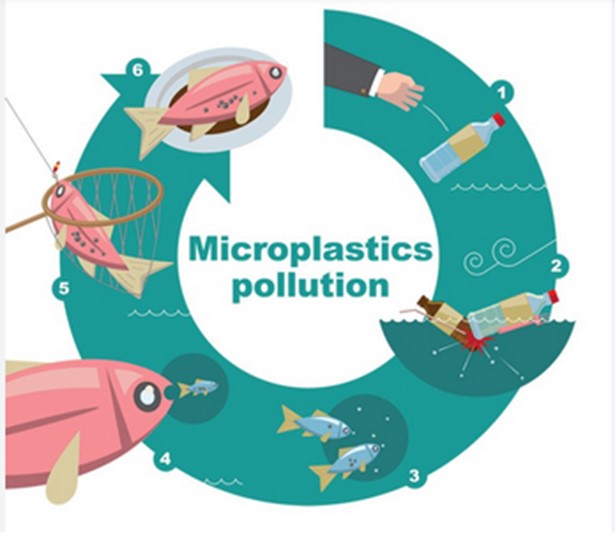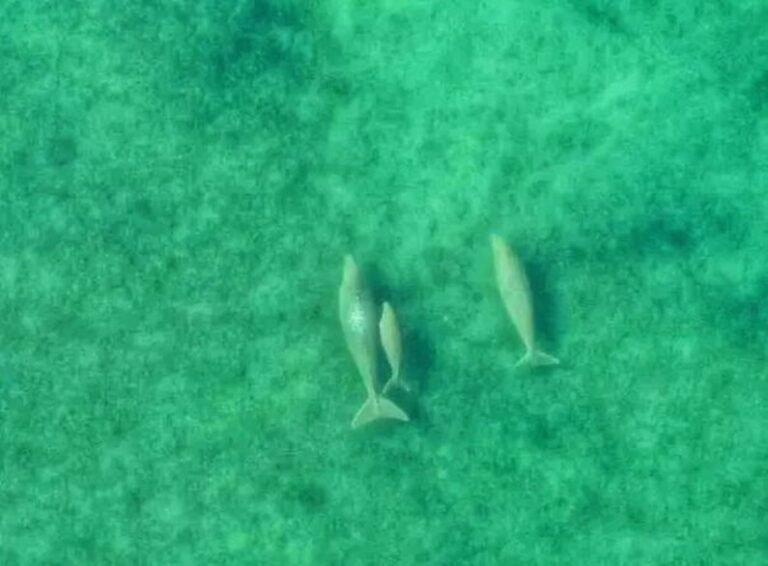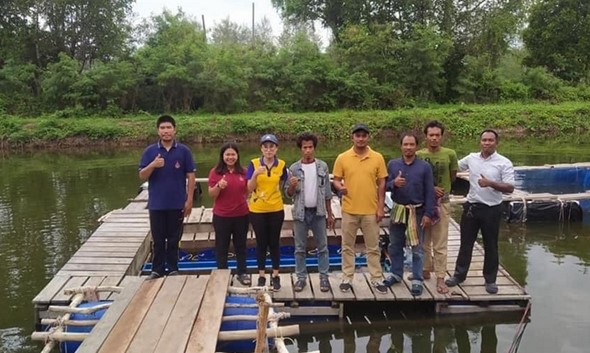SDG 14
Indicator 14.5.5
Research and Innovation
RUTS Innovation for Watershed Management using Internet of Things Based System
///
| Reporters: |
Dr. Chanyut Sudtongkong
|
|
Dr. Thongchai Nitiratsuwan |
|
|
Miss. Kanokwan Juhong |
October 23, 2024
///
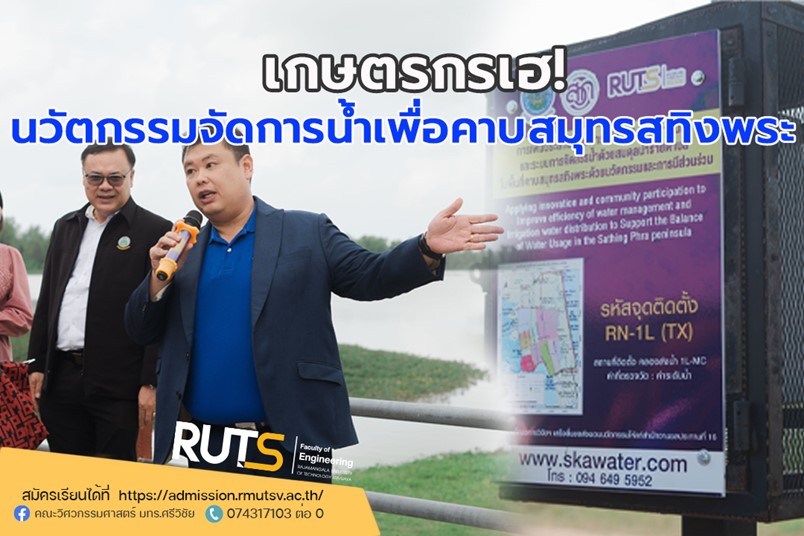
Thailand is facing increasing seawater intrusion into surface water sources due to rising sea levels, particularly in the southern region. The Songkhla Lake Basin, the country’s largest freshwater source, spans an area of 11,991.36 square kilometers across parts of Songkhla, Phatthalung, and Nakhon Si Thammarat provinces, situated between latitudes 6° 45´ and 8° 00´ N and longitudes 99°30´ and 100° 45´ E. This unique lagoon system blends freshwater from rain, canals, and floods with saltwater from the sea, making it vulnerable to seasonal salinity changes.

During the dry season, saltwater intrusion elevates salinity levels in the lake, negatively impacting the freshwater ecosystem by reducing biodiversity, hindering aquatic life growth,and disrupting agriculture in nearby communities.
In response, Rajamangala University of Technology Srivijaya (RUTS) has initiated a project aimed at improving water management in the basin. This project integrates Internet of Things (IoT) technologies and public participation to develop a salinity warning system, promoting efficient and sustainable water resource management.
The Internet of Things (IoT)-based system for water resource management is innovation designed to predict the timing and direction of seawater intrusion, enabling proactive planning and mitigation of its impacts. This innovation includes a real-time salinity meter that transmits water salinity data every two hours, providing continuous monitoring of changing salinity levels in Songkhla Lake. Additionally, the system has been deployed throughout the lake area in collaboration with local communities.

In implementing the project based on the principle of “Learning together, thinking together, sharing in action and outcomes,” the RUTS team has prioritized collaboration across various sectors. Government agencies involved include the Ranot-Klasesin Operation and Maintenance Project, Sathing-Phra District Agricultural Extension Office, Singha Nakhon District Agricultural Extension Office, and local people. The RUTS team is from Rajamangala University of Technology Srivijaya (RUTS), while the social sector participants are large plot agriculture groups from Khu Khut, Tha Hin, and Bang Khaet subdistricts in Sathing-Phra and Singha Nakhon districts. The project follows these steps:
- Establishing a water management network: A network was created to facilitate community participation in water management in Khu Khut, Tha Hin, and Bang Khaet subdistricts. Meetings with local government heads and large agricultural groups identified key issues. As a result, a water management network and community innovators were established.
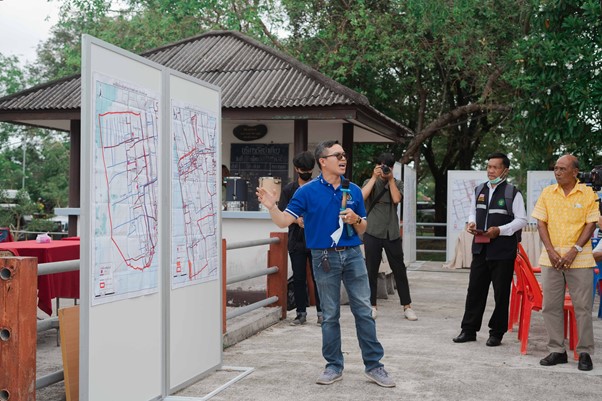
- Collaborative brainstorming and issue analysis: After identifying local concerns, a small group meeting was held to develop participatory strategies for agricultural water management. The RUTS team introduced an innovative automatic salinity and rainfall meter that transmits data via LINE. The Ranot-Klasesin Operation and Maintenance Project supported by providing water pumps. Agricultural groups monitored salinity data and coordinated requests for water pump support into natural reservoirs, facilitated by a dedicated LINE group.

- Designing and installing monitoring instruments: The automatic salinity and rainfall meter was designed and installed to measure salinity, temperature, humidity, and rainfall in real time via the LINE application. The RUTS team provided knowledge transfer on wet-dry rice cultivation to reduce water demand, as well as on equipment maintenance. These efforts enabled government agencies and agricultural groups to receive salinity readings every two hours, implement water-saving techniques, and maintain the salinity monitors themselves.
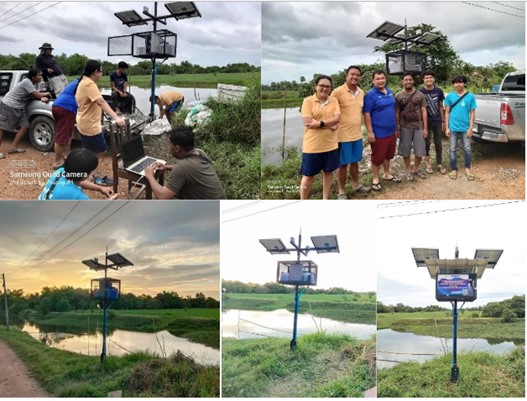

- Practical applications and ongoing monitoring: Salinity values were monitored daily, with actions taken if values exceeded thresholds. The water management network could then request pumps from the Ranot-Klasesin Operation and Maintenance Project to transfer fresh water from Songkhla Lake into natural reservoirs. The RUTS team expanded information dissemination via social media to enhance coordination and support for the agricultural groups.

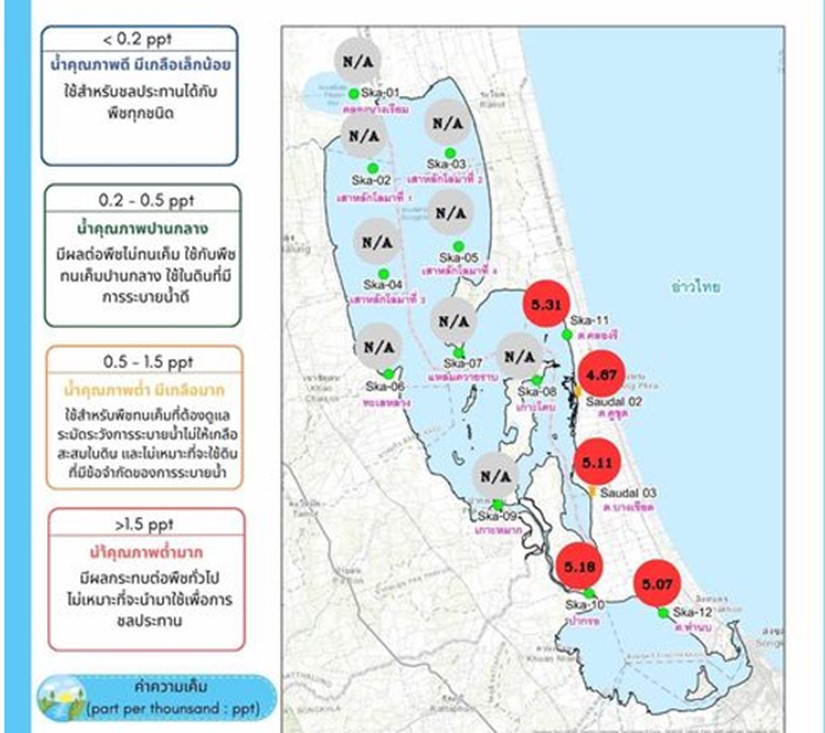
The international success of this innovation was recognized when Dr. Nattapol Kaewthong and his team from RUTS received the Silver Medal from the Canadian Special Award of the Toronto International Society of Innovation & Advanced Skills (TSIAS) for their work on an Internet of Things-based system for agricultural water resource management.
///
Related Links:
https://eng.rmutsv.ac.th/engineeri/th/news/1833-1678419858-860-100323
https://www.facebook.com/photo/?fbid=514506897551046&set=a.232552025746536
https://www.facebook.com/photo/?fbid=512682151066854&set=a.232552025746536
https://www.facebook.com/photo/?fbid=508756488126087&set=a.232552025746536
https://www.facebook.com/photo/?fbid=6024809850895588&set=pcb.6024824960894077

